This article was medically reviewed by Luba Lee, FNP-BC, MS. Luba Lee, FNP-BC is a Board-Certified Family Nurse Practitioner (FNP) and educator in Tennessee with over a decade of clinical experience. Luba has certifications in Pediatric Advanced Life Support (PALS), Emergency Medicine, Advanced Cardiac Life Support (ACLS), Team Building, and Critical Care Nursing. She received her Master of Science in Nursing (MSN) from the University of Tennessee in 2006.
There are 7 references cited in this article, which can be found at the bottom of the page.
wikiHow marks an article as reader-approved once it receives enough positive feedback. This article received 14 testimonials and 100% of readers who voted found it helpful, earning it our reader-approved status.
This article has been viewed 763,807 times.
Blisters are fluid-filled bumps that appear on your skin when it has experienced friction. You may get them on your feet after walking around in shoes that are too tight, or on your hands after spending a day shoveling in the garden. If you get a blister, it's important to know how to treat it at home, so that it can heal quickly and you can avoid infection. However, there may be times when you do need to seek medical attention for a large or infected blister.
Steps
Treating Small Blisters at Home
-
1Wash the area with soap and water. If you have a blister, no matter how small, it's important to keep the area clean. This will help ensure that if it accidentally pops, it won't get infected.[1]
-
2Give small blisters some air. Small, unbroken blisters will go away on their own after a few days. There's no need to pop them or bandage them. Just air them out as much as you can.
- If the blister is on your foot, wear sandals or loose slippers around the house to give it time to heal.
- If the blister is on your hand, there's no need to wear gloves or a bandage as long as you aren't using your hands to do something that might cause the blister to break or get infected.
Advertisement -
3Protect unpopped blisters. When you leave the house or start an activity, protect unpopped blisters so they don't accidentally get popped. Use a loose bandage or a donut moleskin bandage to cover it.[2]
- Donut moleskin bandages are available at most pharmacies. They create a protective barrier around the blister, while still allowing it to breathe.
Treating Large Blisters at Home
-
1Wash the area gently. Clean a large blister and the surrounding area with warm, soapy water. Make sure your hands are also clean, since blisters can easily become infected.[3]
- Be gentle when cleaning the blister. Try to keep the blister intact until you can pop it in a controlled way.
-
2Drain the blister if it pops. Press on the blister with your finger. Fluid should begin flowing from the hole. Keep pressing on it until it is completely drained. Use a cotton ball to wipe away the fluid.[4]
- Draining your own blister is a sanitary way to help it heal faster and to reduce the pain you might feel from the swollen area.
- If your large blister does not pop on its own, you should visit your healthcare professional.
-
3Do not remove the flap of skin. Once your blister is drained, there will be a flap of skin left on the surface. This deflated blister skin will protect the skin underneath from getting infected. There's no need to tear or cut it off.[5]
-
4Apply an ointment to blisters you have drained. Use a cotton swab to apply polymyxin B or bacitracin antibiotic ointment to the area. This will prevent the wound from becoming infected and will keep the bandage from sticking to your skin.[6]
- Some people are allergic to antibiotic ointments. If you are, cover the area in petroleum jelly instead.[7]
-
5Bandage popped blisters. Protect popped blisters so they don't become infected. Use a bandage or gauze to loosely cover the area. Make sure the tape doesn't touch the blister.[8]
- Change the bandage once a day, or every time it gets wet or dirty.
- If the blister is on your foot, wear socks and comfortable shoes. Don't make it more irritated by walking around in the shoes that caused the blister to begin with.
- If the blister is on your hand, wear gloves to protect it when you do daily tasks like washing dishes or cooking. Don't repeat the task that caused you to get the blister to begin with.
Seeking Medical Attention
-
1Consider having your doctor treat large blisters. Blisters that are large, painful, and in an area that is hard for you to get to can be treated by a doctor. A doctor will have sterile tools they can use for draining the blister. This will ensure that the area is clean and disinfected before sending you on your way.[9]
-
2Go to the doctor if a blister gets infected. An infected blister can lead to bigger problems, so it's best to have a doctor check it out and advise you on the proper treatment. They may clean and dress the area and give you a prescription for antibiotics. Signs of infection include the following:[10]
- Red, itchy, swollen skin near the affected area.
- Yellow pus emerging from under the skin flap of the deflated blister.
- The area around the blister is warm to the touch.
- Red streaks on the skin running from the infected area.
-
3Seek immediate treatment if you experience serious symptoms. In rare cases, an infected blister can lead to bigger health problems as the infection moves throughout the body. Seek immediate medical care if you have the following serious symptoms:[11]
- A high fever.
- Chills.
- Vomiting.
- Diarrhea.
Preventing Blisters
-
1Wear gloves when working with your hands. Blisters are commonly caused by doing repetitive movements that cause friction. However, if you wear gloves before you even start your project, the friction created by these movements will be minimized and blisters can be prevented.[12]
- For example, using a shovel for extended periods of time rubs repeatedly on the skin in the same spot. However, wearing gloves while using a shovel will cushion your hands and prevent blisters.
-
2Wear proper footwear. Wearing new shoes or shoes that fit poorly can create blisters, especially on the toes and the back of the heel. To avoid getting blisters on your feet, make sure that your shoes fit correctly. Break in new shoes gradually by wearing them often but only for short periods of time. This repeated wear will break them in without rubbing long enough to create blisters.[13]
-
3Protect areas of skin that will get rubbed repeatedly. If you know that a pair of shoes causes blisters or you are going to do a project that you know will create blisters on your hands, be proactive and protect your body. Put padding on areas of your body that you think will get repeatedly rubbed, so that blisters can't form.[14]
- For example, put a bandage over a spot on your hand that gets repeatedly rubbed while you are doing a craft project or some other repetitive motion.
- If you have problems with blisters on your feet, wear 2 pairs of socks to create more padding on them.
- There is also padding available at most pharmacies that is made to cushion areas of your feet that rub in your shoes. This padding, often called "mole skin," typically sticks to the skin to keep it in place.
-
4Reduce friction between areas of your skin. Use lotions, powders, and petroleum jelly to reduce friction between 2 areas of your skin that rub against each other. For instance, if your legs are repeatedly rubbing up against each other, put some petroleum jelly between them so that the rubbing doesn't create friction and heat, which will cause blisters.[15]
- For example, those that ride bikes or run long distances experience a lot of skin rubbing, which can lead to blisters. Using lubrication between areas that rub can minimize discomfort and blisters.
Expert Q&A
-
QuestionHow do I treat multiple blisters on the tips of my fingers?
 Luba Lee, FNP-BC, MSLuba Lee, FNP-BC is a Board-Certified Family Nurse Practitioner (FNP) and educator in Tennessee with over a decade of clinical experience. Luba has certifications in Pediatric Advanced Life Support (PALS), Emergency Medicine, Advanced Cardiac Life Support (ACLS), Team Building, and Critical Care Nursing. She received her Master of Science in Nursing (MSN) from the University of Tennessee in 2006.
Luba Lee, FNP-BC, MSLuba Lee, FNP-BC is a Board-Certified Family Nurse Practitioner (FNP) and educator in Tennessee with over a decade of clinical experience. Luba has certifications in Pediatric Advanced Life Support (PALS), Emergency Medicine, Advanced Cardiac Life Support (ACLS), Team Building, and Critical Care Nursing. She received her Master of Science in Nursing (MSN) from the University of Tennessee in 2006.
Board-Certified Family Nurse Practitioner Blisters on the tips of your fingers are usually caused by repetitive activities, such as playing guitar or other stringed instruments. If this is the case, your body will start to form callouses over the area so that you won't keep developing blisters. In the meantime, play your instrument only as much as you can. Keep your fingers clean, and apply an antibacterial ointment and bandage if the blisters get raw. Don't pick at the blisters. If you use a bandage, change it often and replace it if it gets dirty or falls off.
Blisters on the tips of your fingers are usually caused by repetitive activities, such as playing guitar or other stringed instruments. If this is the case, your body will start to form callouses over the area so that you won't keep developing blisters. In the meantime, play your instrument only as much as you can. Keep your fingers clean, and apply an antibacterial ointment and bandage if the blisters get raw. Don't pick at the blisters. If you use a bandage, change it often and replace it if it gets dirty or falls off. -
QuestionWhat should I do for a medium-sized 1 to 2 blister on my lower thigh?
 Luba Lee, FNP-BC, MSLuba Lee, FNP-BC is a Board-Certified Family Nurse Practitioner (FNP) and educator in Tennessee with over a decade of clinical experience. Luba has certifications in Pediatric Advanced Life Support (PALS), Emergency Medicine, Advanced Cardiac Life Support (ACLS), Team Building, and Critical Care Nursing. She received her Master of Science in Nursing (MSN) from the University of Tennessee in 2006.
Luba Lee, FNP-BC, MSLuba Lee, FNP-BC is a Board-Certified Family Nurse Practitioner (FNP) and educator in Tennessee with over a decade of clinical experience. Luba has certifications in Pediatric Advanced Life Support (PALS), Emergency Medicine, Advanced Cardiac Life Support (ACLS), Team Building, and Critical Care Nursing. She received her Master of Science in Nursing (MSN) from the University of Tennessee in 2006.
Board-Certified Family Nurse Practitioner Keep the area clean. Apply an antibacterial ointment, and cover it with a bandage. Change the bandage daily until your blister heals.
Keep the area clean. Apply an antibacterial ointment, and cover it with a bandage. Change the bandage daily until your blister heals.
References
- ↑ https://my.clevelandclinic.org/health/diseases/16787-blisters
- ↑ https://www.aad.org/public/skin-hair-nails/injured-skin/blisters
- ↑ https://my.clevelandclinic.org/health/diseases/16787-blisters
- ↑ https://www.betterhealth.vic.gov.au/health/conditionsandtreatments/blisters
- ↑ https://www.uofmhealth.org/health-library/aa2967
- ↑ https://my.clevelandclinic.org/health/diseases/16787-blisters
- ↑ https://www.aad.org/public/everyday-care/injured-skin/burns/prevent-treat-blisters
- ↑ https://www.aad.org/public/skin-hair-nails/injured-skin/blisters
- ↑ https://www.nhs.uk/conditions/blisters/
- ↑ https://www.aad.org/public/skin-hair-nails/injured-skin/blisters
- ↑ https://www.uofmhealth.org/health-library/aa2967
- ↑ https://www.nhsinform.scot/illnesses-and-conditions/injuries/skin-injuries/blisters#preventing-blisters
- ↑ https://www.nhsinform.scot/illnesses-and-conditions/injuries/skin-injuries/blisters#preventing-blisters
- ↑ https://www.nhs.uk/conditions/blisters/
- ↑ https://www.aad.org/public/skin-hair-nails/injured-skin/blisters
About This Article
If you have a small blister, you don’t need to do much to treat it. Wash the area regularly with soap and water and leave it uncovered so it can get plenty of fresh air while it heals. If the blister is in a vulnerable area like your hand or the bottom of your foot, cover it with a loose bandage to protect it while you’re doing activities that could cause it to pop. It should heal up on its own in a few days. Big blisters may need a little more attention. If the blister pops, clean the area with soap and water and gently press on the blister to drain it. Leave the flap of skin in place to help protect the new skin that is growing underneath. Apply an antibiotic ointment to the drained blister, such as polymyxin B or bacitracin, and cover the blister with an adhesive bandage. Change the bandage once a day, or any time it gets wet or dirty. If your blister is very large or painful, or if you think it might be infected, see a doctor for advice. Signs of infection in a blister include redness, itching, swelling, or pus at the site of the wound. It might also feel hot to the touch. Red streaks leading away from the blister can be a sign of a serious infection. If the infection spreads, you might also develop a fever or feel unwell. Get medical attention right away if you notice any of these symptoms.
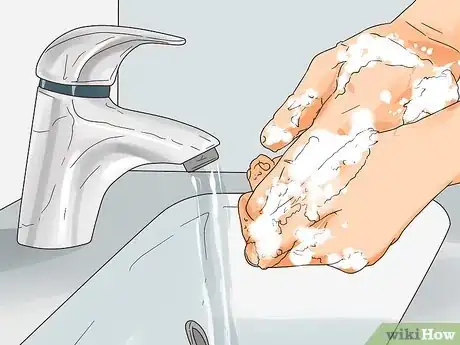
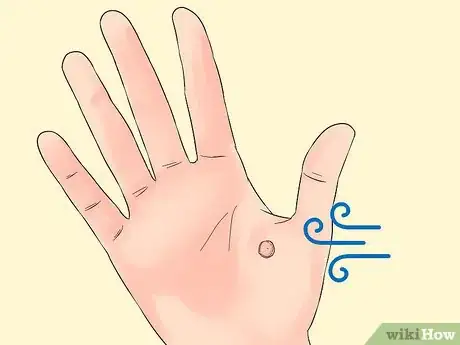
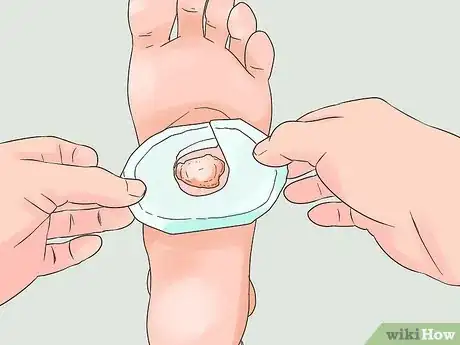
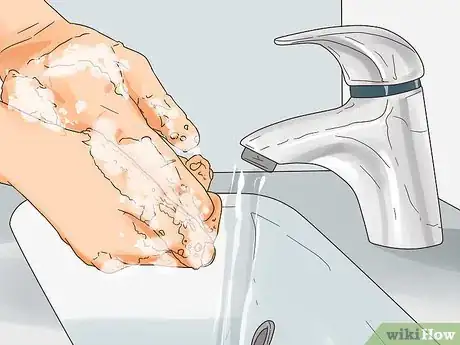
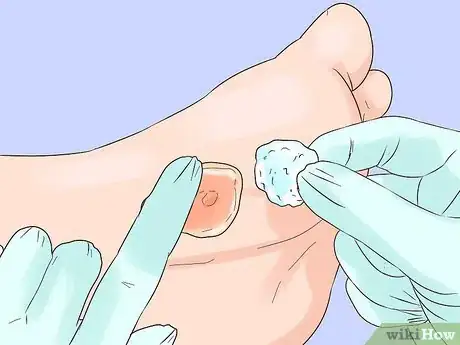

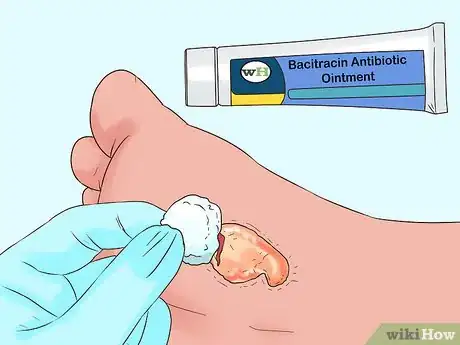
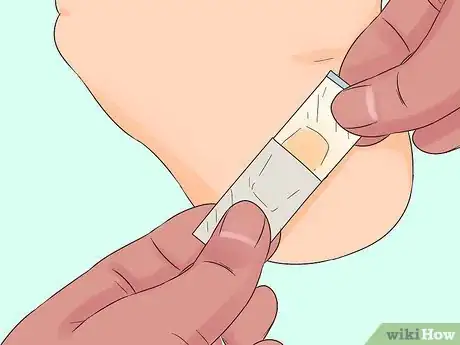
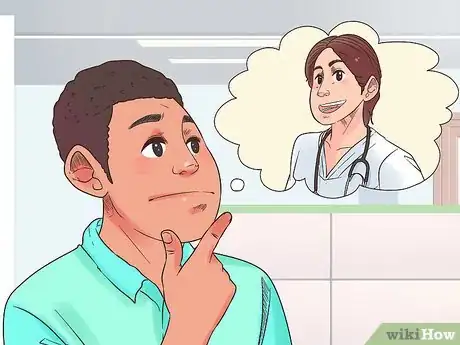
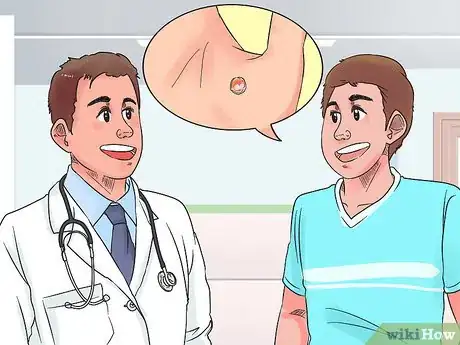

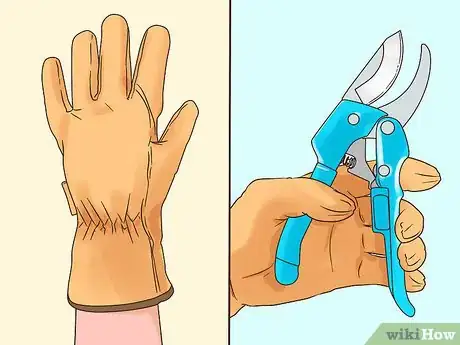
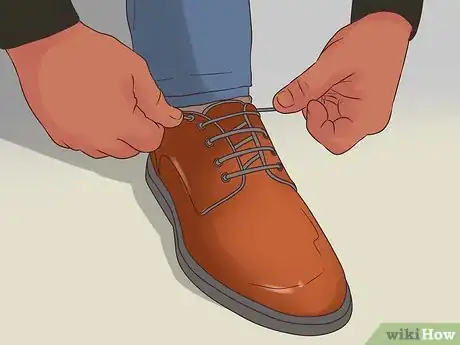
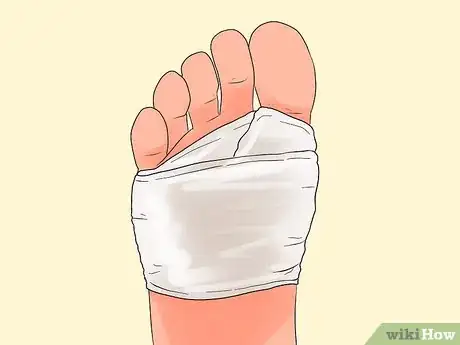
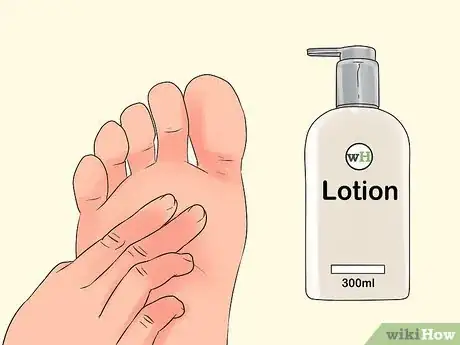
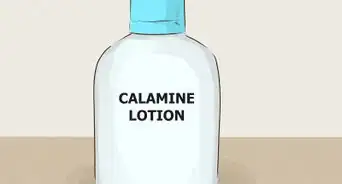
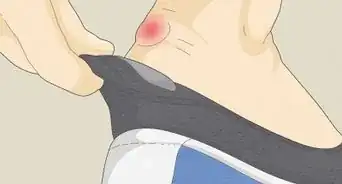
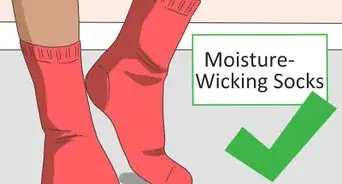
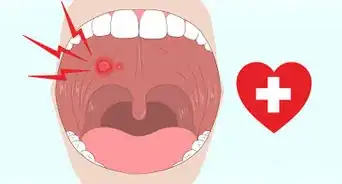
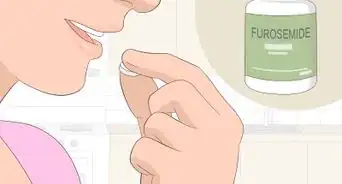
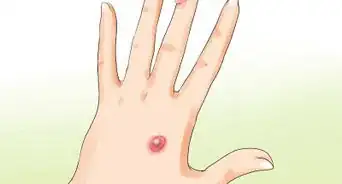
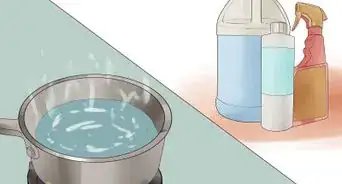

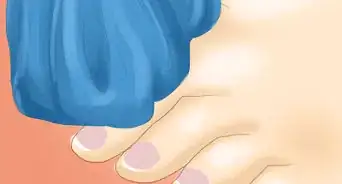
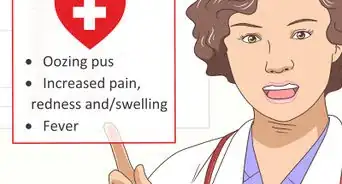
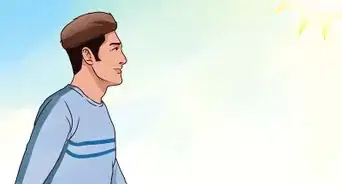
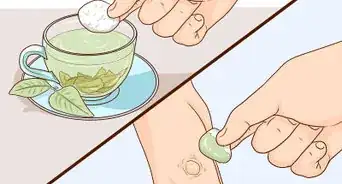
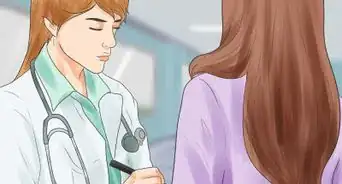











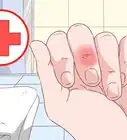

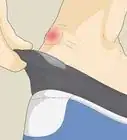





































Medical Disclaimer
The content of this article is not intended to be a substitute for professional medical advice, examination, diagnosis, or treatment. You should always contact your doctor or other qualified healthcare professional before starting, changing, or stopping any kind of health treatment.
Read More...